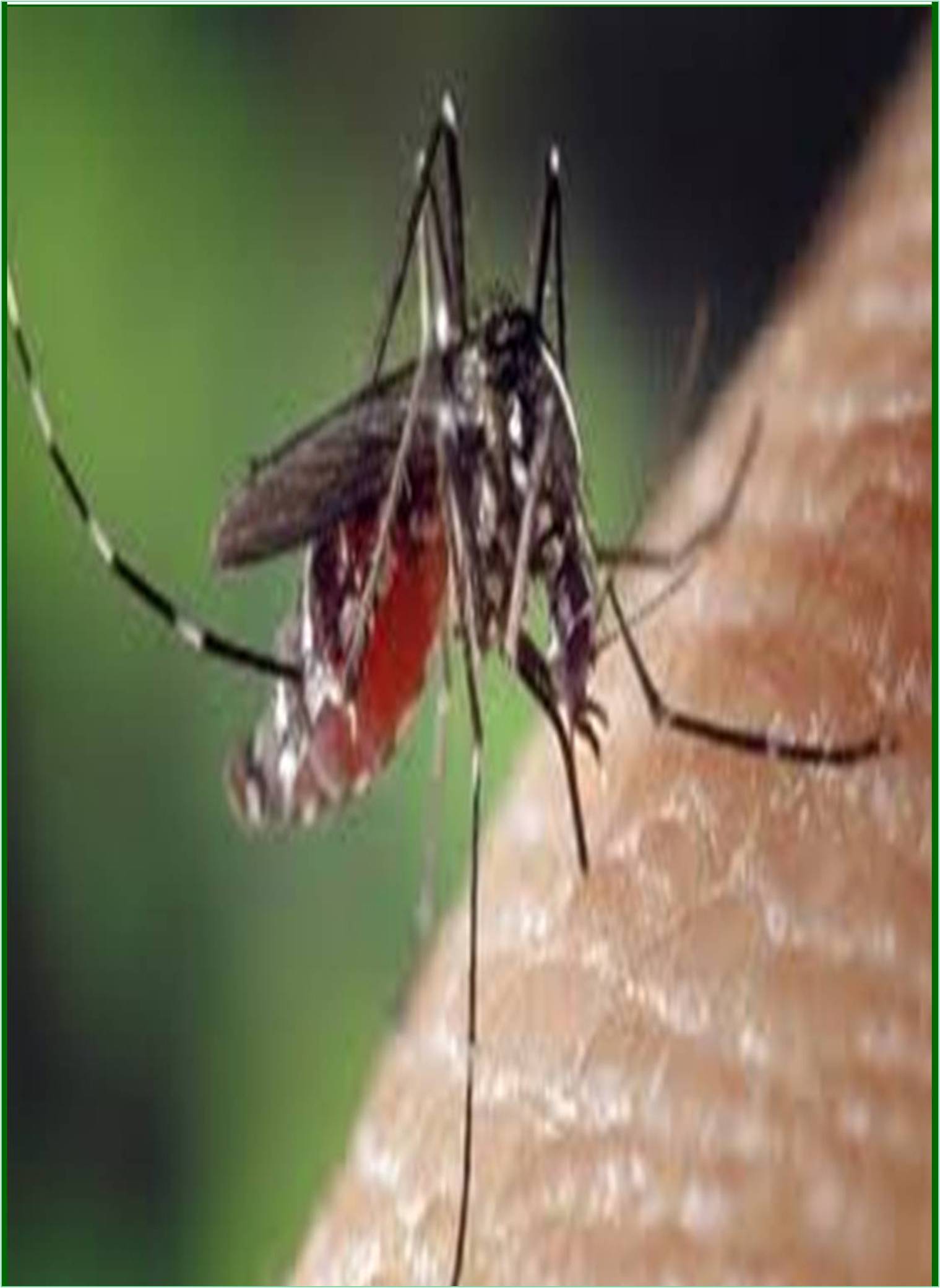



Received: 01-Aug-2022, Manuscript No. JFTD-22-74148; Editor assigned: 03-Aug-2022, Pre QC No. JFTD-22-74148(PQ); Reviewed: 17-Aug-2022, QC No. JFTD-22-74148; Revised: 24-Aug-2022, Manuscript No. JFTD-22-74148(R); Published: 01-Sep-2022, DOI: 10.15651/2465-7190.22.2.014
A group of tropical infectious diseases known as Neglected Tropical Diseases (NTDs) are closely linked to global initiatives aimed at public health management and the eradication of these diseases. Medical Development Goals (MDGs) specifically targets global infectious diseases, especially HIV/AIDS, tuberculosis and malaria, and excludes many other tropical diseases with high global prevalence and burden. Correspondingly, 13 of these 'ignored' infections caused by helminths, protozoa, and bacteria were grouped under the banner of NTDs. NTDs were later identified by the World Health Organization (WHO) for (1) prophylactic chemotherapy and infection control (PCT) and (2) innovative and enhanced disease management (IDM) diseases.
Neglected Tropical Diseases (NTDs) are a diverse group of 20 diseases that are predominantly prevalent in the tropics, primarily affecting poor areas and disproportionately affecting women and children. These diseases have devastating health, social and economic impacts on more than a billion people.
The epidemiology of NTDs is complex and often related to environmental conditions. Many of them are vectortransmitted, have animal reservoirs, and are associated with complex life cycles. All these factors make public health management difficult.
The following six NTDs can be controlled or eliminated with safe and effective drug mega doses or other effective interventions.
• Dracunculiasis (Guinea Worm Disease)
• Lymphatic Filariasis
• Onchocerciasis
• Schistosomiasis
• Soil-transmitted Helminths (STH) (i.e., Ascaris, Hookworm, and Whipworm)
• Trachoma
Controlling the vectors that transmit these diseases (mosquitoes, blackflies, etc.) and improving basic water, sanitation and hygiene are highly effective strategies against these NTDs.
Some treatments for NTDs are relatively inexpensive. For example, treating schistosomiasis costs $0.20 per child per year. Nevertheless, it was estimated in 2010 that tackling neglected diseases would require $2 billion to $3 billion over the next five to seven years. Some pharmaceutical companies have pledged to donate all needed drug therapy, and massive drug administrations (such as massive deworming) have been successfully implemented in several countries. However, while preventive measures are often more accessible in developed countries, they are not widely available in poorer areas.
In developed countries, the poorest segments of society are affected by neglected tropical diseases. In the US, her 1.46 million households, including 2.8 million children, live on less than her $2 a day. In developed countries, the burden of neglected tropical diseases is often masked by other public health concerns. But many of the same problems endanger populations in both developed and developing countries. For example, other problems can arise from poverty, such as lack of adequate housing, which exposes people to carriers of these diseases.
The importance of neglected tropical diseases has been underestimated because many are asymptomatic and have long incubation periods. The link between mortality and long-latent, neglected tropical diseases often remains unrecognized. Highly endemic areas are often geographically isolated, making treatment and prevention significantly more difficult.
Neglected tropical diseases are non-commercial, and as a result patents and profits do not play a role in stimulating innovation. As in all non-commercial areas, these ailments are the responsibility of government and philanthropy (including industrial philanthropy). Currently, the pharmaceutical industry views research and development as highly risky. Because of this, not many resources are put into his NTD (poor people's disease) and new chemicals are often expensive. In a survey of public-private initiatives, he found that of the 1,393 new chemicals brought to market between 1975 and 1999, only 16 were linked to tropical diseases and tuberculosis. The same review also found that he was 13 times more likely to hit the market for a drug to treat central nervous system disorders or cancer than an NTD.